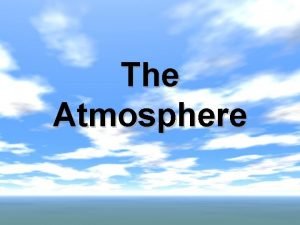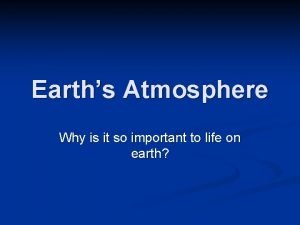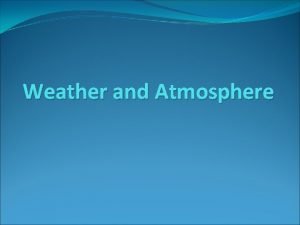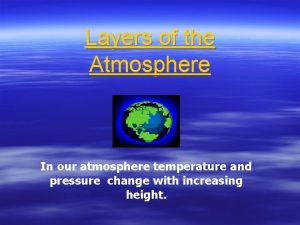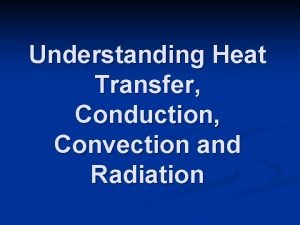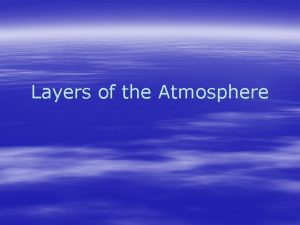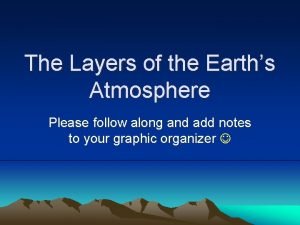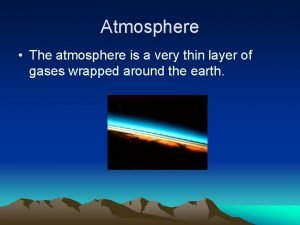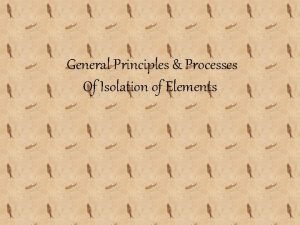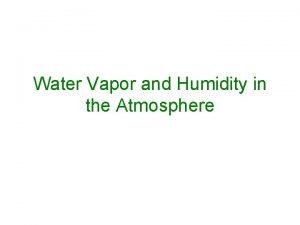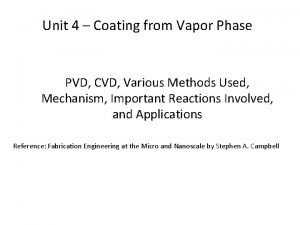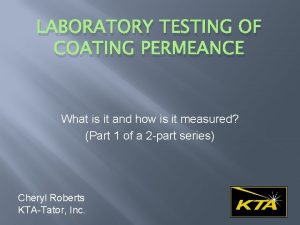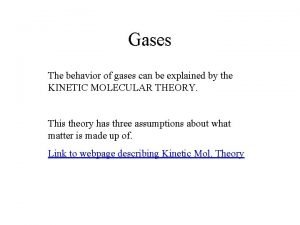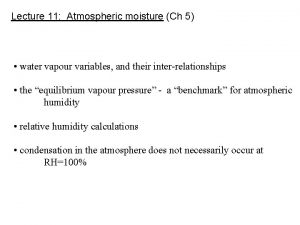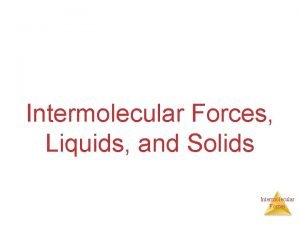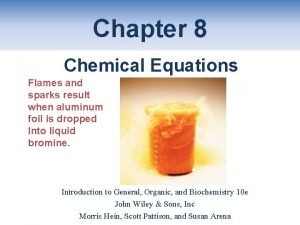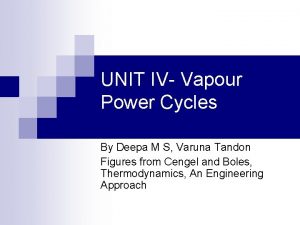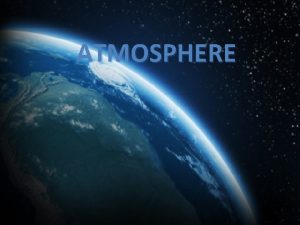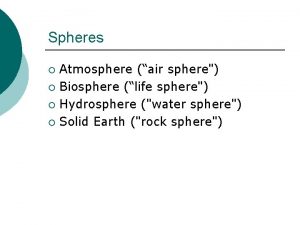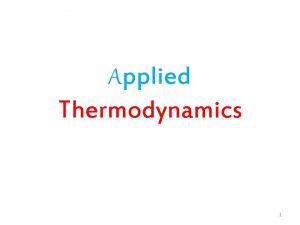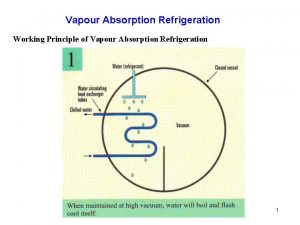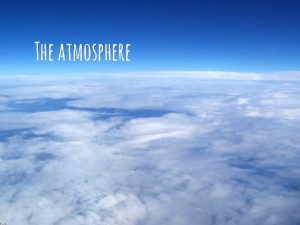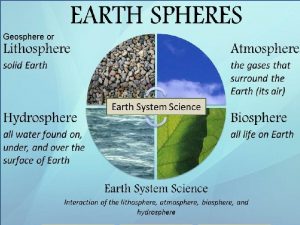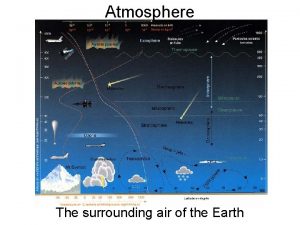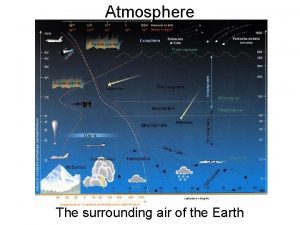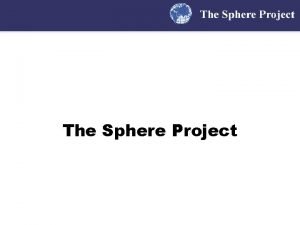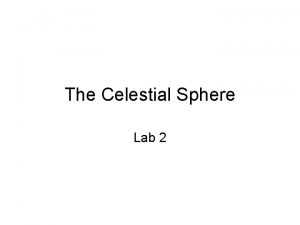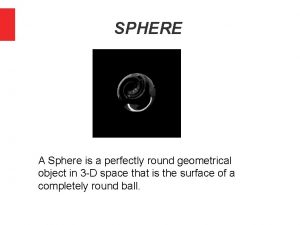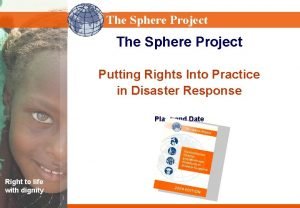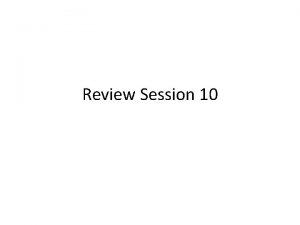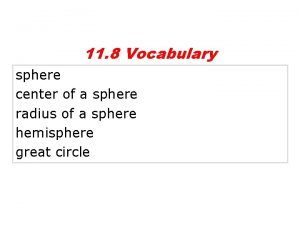ATMOSPHERE ATMOSPHERE VAPOUR SPHERE Layer of air surrounding

























- Slides: 25

ATMOSPHERE

ATMOSPHERE (VAPOUR SPHERE) Layer of air surrounding the Earth Composition of Air (low altitude) 21% 78% Other: etc…

ATMOSPHERE (LAYERS) 500 km 80 km 50 km Troposphere 15 km

ATMOSPHERE (LAYERS) 500 km 80 km 50 km Troposphere 15 km

ATMOSPHERE (LAYERS) 500 km 80 km 50 km Troposphere 15 km 75% of the atmosphere (by mass)

ATMOSPHERE (LAYERS) 500 km 80 km 50 km Ozone layer Stratosphere Troposphere Ozone, O 3, absorbs UV radiation 15 km 75% of the atmosphere (by mass)

ATMOSPHERE (LAYERS) 500 km 80 km Mesosphere Coldest layer 50 km Ozone layer Stratosphere Troposphere Ozone, O 3, absorbs UV radiation 15 km 75% of the atmosphere (by mass)

re re he sp ato ere ph os es M Str po Tro Space shuttle Endeavour Earth

ATMOSPHERE (LAYERS) 500 km Thermosphere Hottest layer 80 km Mesosphere Coldest layer 50 km Ozone layer Stratosphere Troposphere Ozone, O 3, absorbs UV radiation 15 km 75% of the atmosphere (by mass)

ATMOSPHERE (LAYERS) Exosphere Thermosphere Most satellites orbit 500 km Hottest layer 80 km Mesosphere Coldest layer 50 km Ozone layer Stratosphere Troposphere Ozone, O 3, absorbs UV radiation 15 km 75% of the atmosphere (by mass)

ATMOSPHERE (LAYERS) Exosphere Thermosphere Most satellites orbit 500 km Hottest layer 80 km Mesosphere Coldest layer 50 km Ozone layer Stratosphere Troposphere Ozone, O 3, absorbs UV radiation 15 km 75% of the atmosphere (by mass)


Troposphere (to scale) (75% of Earth’s atmosphere) Satellites orbit

So, where would the Moon be? (to scale) We need a different scale

Earth Moon


Atmospheric Pressure The pressure of the air in the atmosphere Ø The more particles (air molecules), the higher the pressure. High Pressure Low Pressure (Molecules further apart; fewer collisions) (Crowded; many molecular collisions) Wind • Air particles tend to move from high-pressure to low-pressure areas. • This movement gives rise to winds.

Atmospheric Circulation Global movement of air surrounding the Earth • Warmer air (less dense) at the equator tends to rise, leaving behind a lower pressure zone near the surface. • Cooler air moves in from higher pressure areas (from the north and south). • This circulation helps balance the temperature on Earth. North pole South pole Equator

Atmospheric Circulation Global movement of air surrounding the Earth Ø Coriolis Effect: Air circulation is also affected by the fact that the Earth is spinning, causing air to take a curved path.

Atmospheric Circulation Air Mass: Mass A large portion of atmosphere that has a relatively uniform temperature and humidity.

Atmospheric Circulation Cold Front: Cold air mass moves into warm air. Cold air Warm air rises rapidly, cools, forms clouds, and often produces heavy rain

Atmospheric Circulation Warm Front Warm air mass moves into cold rises gradually over the cold air, forming light, stratified clouds. (Often results in long-lasting showers) ir a Warm

Energy Resources in the Atmosphere Wind Power Motion Electricity Wind Energy* Electrical Energy * A form of kinetic energy

Energy Resources from Space Solar Power Light Electricity Solar Energy Electrical Energy (or Radiant Energy)

 A thin layer of gases surrounding earth
A thin layer of gases surrounding earth Sphere of control and influence
Sphere of control and influence Pt tanah air sentosa
Pt tanah air sentosa Atmosphere definition
Atmosphere definition Atmosphere layer
Atmosphere layer Troposphere characteristics
Troposphere characteristics Outermost layer of the atmosphere
Outermost layer of the atmosphere Hottest layer of atmosphere
Hottest layer of atmosphere First layer of atmosphere
First layer of atmosphere The is the coldest layer of the atmosphere.
The is the coldest layer of the atmosphere. The atmosphere layer is too thin
The atmosphere layer is too thin Physics
Physics Mole concept formulas
Mole concept formulas Short note on vapour phase refining
Short note on vapour phase refining Clausius clapeyron equation
Clausius clapeyron equation Pvd method
Pvd method Water vapour chemical formula
Water vapour chemical formula Define permeance
Define permeance How to find initial pressure in boyle's law
How to find initial pressure in boyle's law How to find vapor pressure of water
How to find vapor pressure of water Vapour pressure
Vapour pressure Chemical reaction of phosphorus
Chemical reaction of phosphorus Vapour power cycles
Vapour power cycles Mercury vapour lamp
Mercury vapour lamp Vapour pressure
Vapour pressure Relative lowering of vapour pressure formula
Relative lowering of vapour pressure formula
